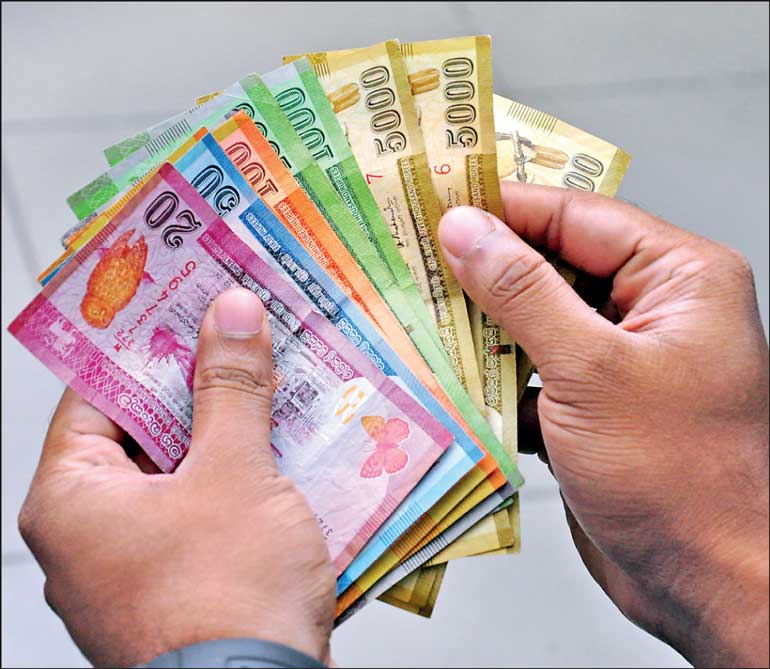
Imagine a world where the Sri Lankan government decides to print more money. At first, it might seem like an easy solution to financial challenges, but soon, the consequences of this decision unfold like a dramatic story. Let’s take a journey through what might happen if the government unleashes a flood of new currency into the economy.
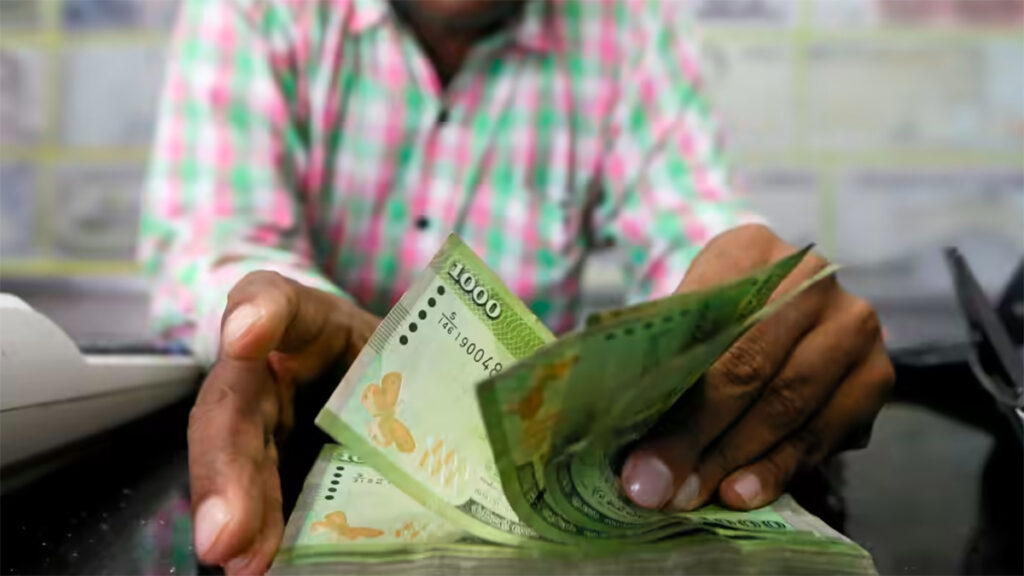
1. A Flood of Cash, but Empty Wallets
Picture this: You wake up, open your wallet, and find that there’s a lot more money than yesterday. At first, it feels great! But then, you head to the store to buy your usual groceries. Suddenly, the prices of everything — from rice to gas — have skyrocketed. That’s the first consequence: inflation. The money supply grows, but the number of products stays the same, leading to rising prices. Now, your newfound cash can’t buy what it used to, and the excitement fades into frustration.
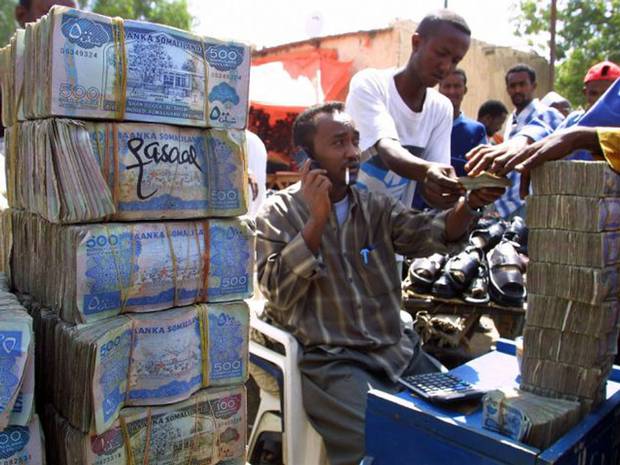
2. The Sri Lankan Rupee Takes a Dive
As the government prints more money, the value of the Sri Lankan rupee begins to plummet. Think of it like a balloon being filled with air — as the balloon grows, the air inside gets thinner and less valuable. The same happens to the rupee. International investors lose faith in a currency that’s being inflated too much. The rupee weakens against other currencies, making imports more expensive. Now, that foreign-made phone or car you’ve been eyeing? It just got a lot more expensive.
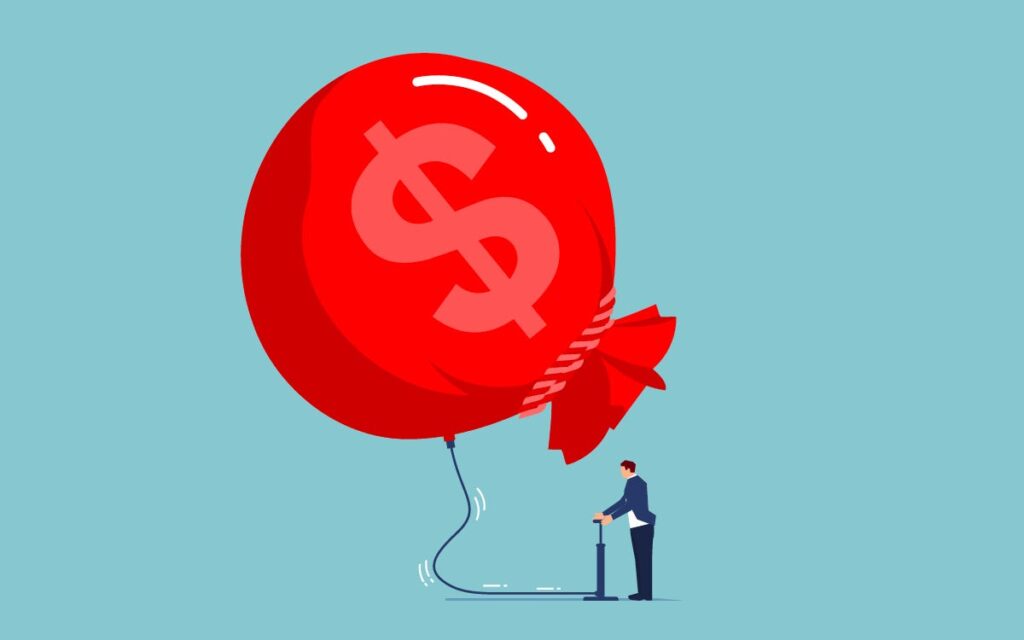
3. A Stampede of Investors Fleeing
Imagine investors as treasure hunters who are always searching for safe places to put their money. If they see the government printing more money, they start running in the opposite direction. They think, “If the country is printing too much cash, the economy might collapse!” Investors start pulling out their funds, leaving behind a vacuum of capital. With fewer investments pouring in, the economy stagnates. Businesses struggle to expand, and job opportunities become scarce.

4. The Cost of Borrowing Goes Through the Roof
In this new world, the Central Bank of Sri Lanka, trying to control the spiraling inflation, hikes up interest rates. The cost of borrowing money for businesses and individuals suddenly becomes astronomical. Want to start a new business? Good luck — interest rates are so high that financing seems impossible. The dreams of entrepreneurs are crushed, and even regular folks find it harder to afford a new home or car. The economic momentum slows to a crawl.
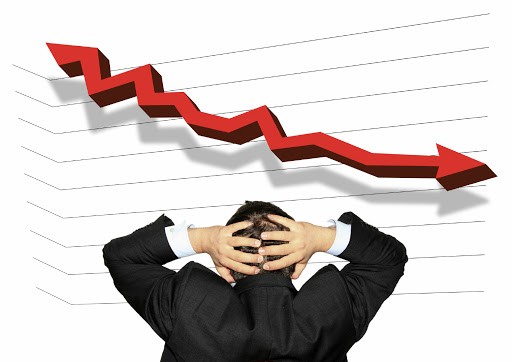
5. Debt Turns into an Unstoppable Avalanche
As the government prints more money, it also digs itself deeper into debt. The debt snowball grows, picking up speed and size as it rolls down the mountain. What started as a small problem becomes an avalanche. To pay off loans, the government may have to impose higher taxes, squeezing the public even further. The debt crisis becomes a reality that no one can escape from, creating a vicious cycle of borrowing and more borrowing.
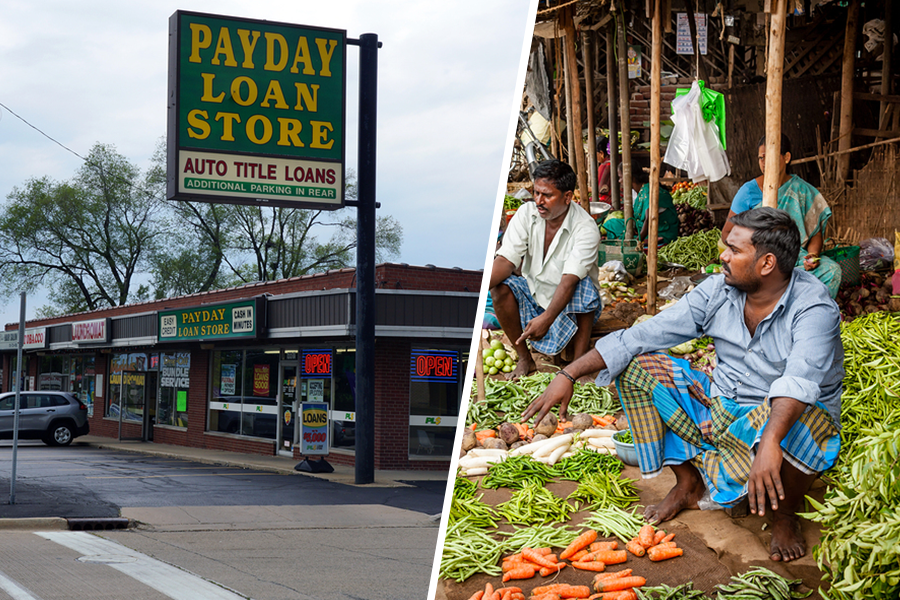
6. The People Fight Back: A Clash of Expectations
The streets start to buzz with discontent. People who once felt the joy of having extra cash are now realizing that the government’s decision has turned their world upside down. Protests, strikes, and political movements erupt, demanding accountability. The government’s ability to control the economy becomes less certain, and social unrest spreads like wildfire.

7. A Brave New Future?
In the midst of this chaos, the government tries to recover. They attempt to stabilize the economy by cutting spending and creating policies to bring in foreign investments. The country might go through a period of painful adjustment, but with the right actions, Sri Lanka could rebuild and recover from the damage caused by printing excessive money. However, the scars of this turbulent period may last for generations.
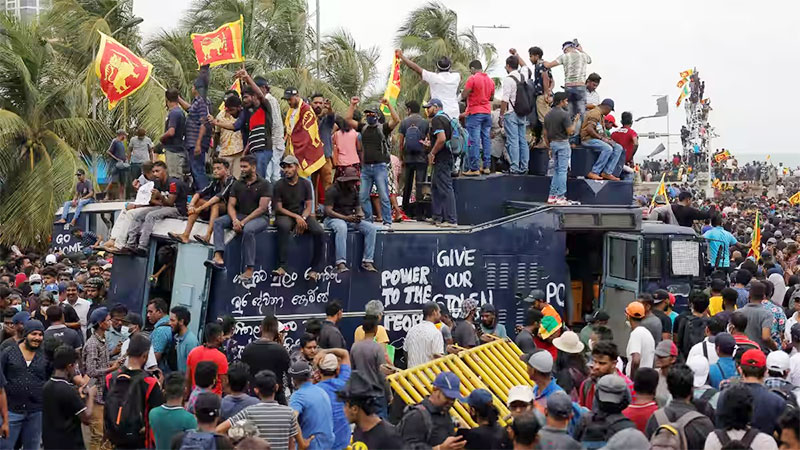
Conclusion
In this imaginative journey, we’ve seen how printing too much money can lead to a cascade of problems — from runaway inflation to a weakened currency and economic instability. While it may seem like a quick fix, the consequences are far-reaching and affect everyone in the country. If Sri Lanka were to take such a step, the government would need to tread carefully and find smarter, sustainable ways to boost the economy without losing control. Only time will tell if such a bold move could ever pay off or if it would unravel the very fabric of the nation’s financial system.








